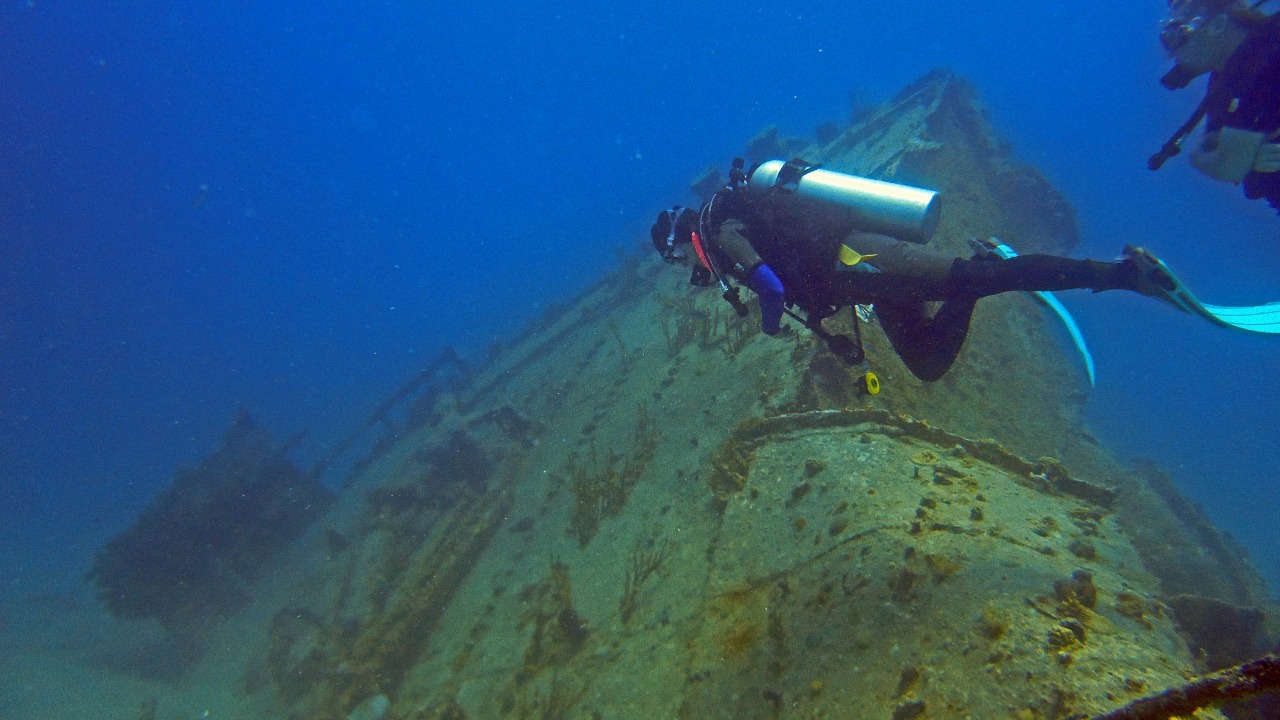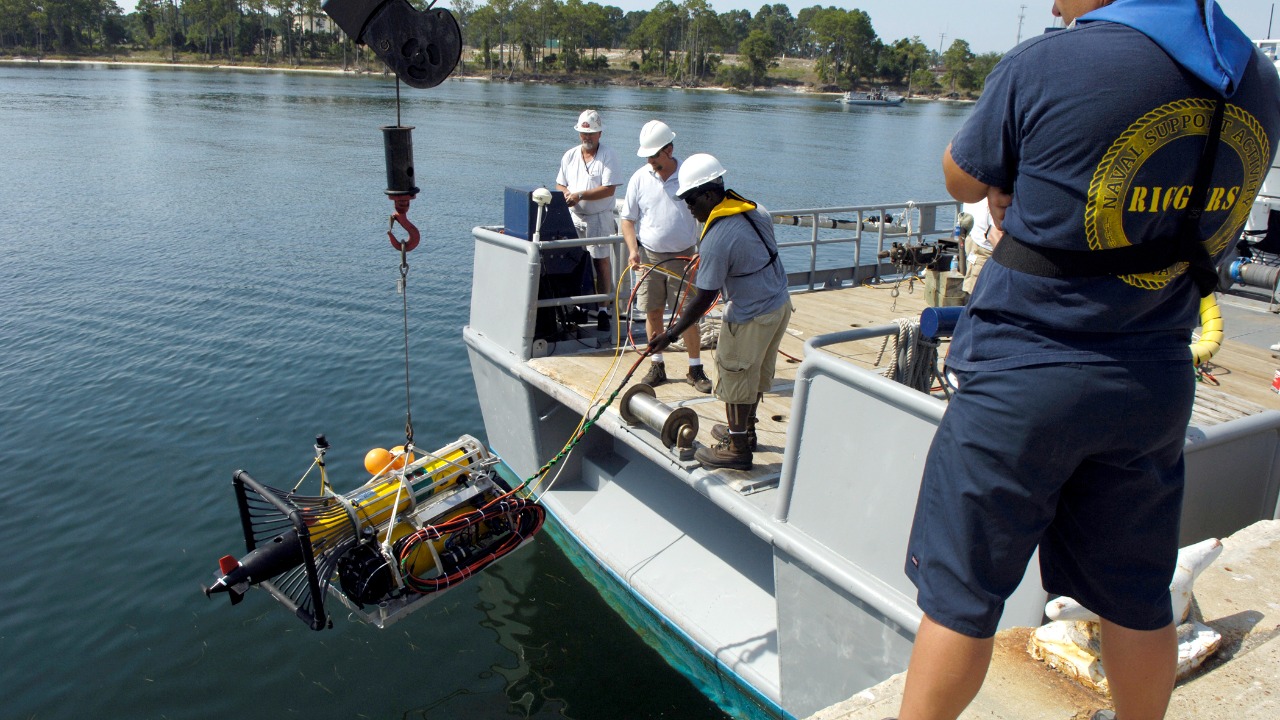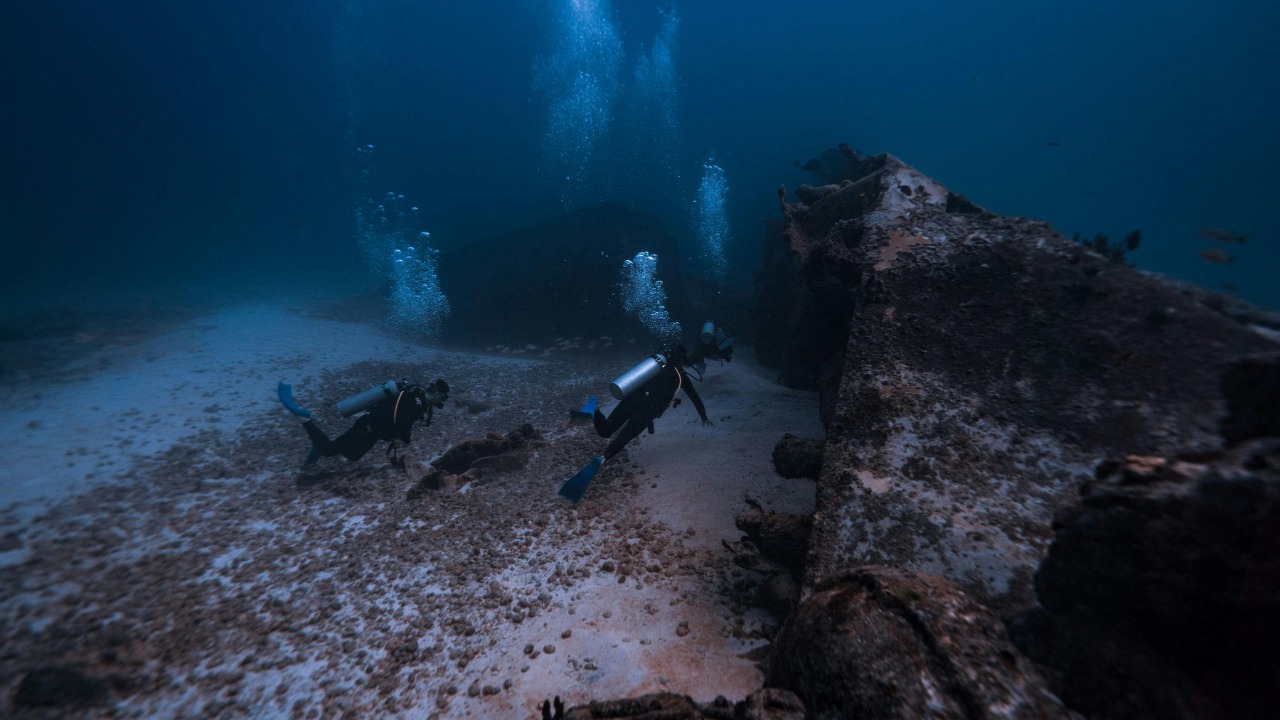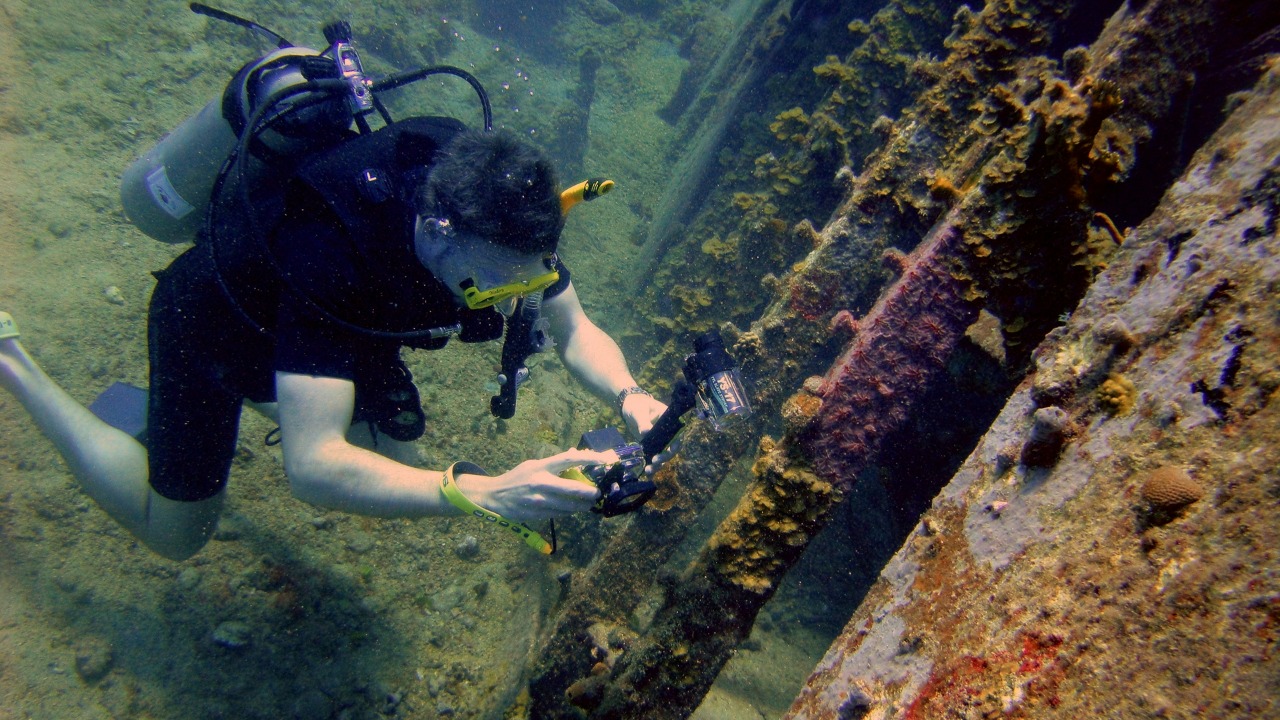
A significant find was made this summer off Florida’s Treasure Coast, where divers from a salvage crew recovered over 1,000 gold and silver coins from a 310-year-old shipwreck. The coins, valued at $1 million, are remnants of the 1715 Spanish Treasure Fleet that sank during a hurricane while transporting treasures from the New World back to Spain. This discovery underscores the ongoing efforts to explore and salvage the legendary fleet’s remains.
The 1715 Spanish Treasure Fleet Disaster

In 1715, a hurricane off the coast of Florida led to a maritime disaster of epic proportions. The Spanish fleet, laden with gold and silver from the New World, was caught in the storm and sank, resulting in the loss of multiple ships and their precious cargo. This fleet, known as the 1715 Treasure Fleet, has since become the stuff of legends, its treasures lying in wait beneath the ocean’s surface for over three centuries.
The fleet was on a mission to transport the riches of the New World back to Spain when it was devastated by the hurricane. The storm’s fury was such that it claimed the entire fleet, sinking the ships and scattering their valuable cargo across the ocean floor. The loss was a significant blow to Spain, which relied heavily on the wealth transported by these fleets.
Historical Context of the Shipwrecks

The shipwrecks from the 1715 fleet are now 310 years old, serving as underwater time capsules preserving artifacts like gold and silver coins from the Spanish colonial era. These relics provide a tangible link to a time when Spain was a global superpower, its wealth and influence fueled by the riches of the New World. The coins, in particular, are a testament to the vast wealth that was transported across the Atlantic during this era.
Located along Florida’s Treasure Coast, these shipwreck sites have long attracted salvagers and treasure hunters. The fleet’s cargo of precious metals has proven to be an irresistible lure, sparking numerous salvage operations over the years. Despite the passage of time, the allure of the 1715 fleet remains as strong as ever, with new discoveries continuing to be made.
The Summer 2025 Salvage Operation

This summer, a salvage crew conducted a series of dives targeting the 1715 Spanish shipwreck sites off Florida. The team was focused on recovering items from the historic fleet, marking a fresh exploration phase compared to prior recoveries. The operation was a testament to the enduring allure of the 1715 fleet and the potential treasures that still lie beneath the waves.
The divers focused their efforts on the Treasure Coast area, where the wrecks are scattered. This region has been the site of numerous previous recoveries, but the scale of this summer’s operation and the value of the finds have marked it as a significant milestone in the ongoing exploration of the 1715 fleet.
The salvage operation was a meticulously planned endeavor, involving a team of experienced divers and archaeologists. The crew utilized advanced underwater technology, such as remotely operated vehicles (ROVs) and high-resolution sonar, to locate and retrieve the coins. These tools allowed the team to navigate the challenging underwater environment and accurately map the shipwreck sites, increasing the efficiency and success of the operation.
Moreover, the operation was not just about treasure hunting. It also aimed to contribute to our understanding of the past. The team worked closely with historians and archaeologists to ensure that the recovery process was conducted in a way that preserved the historical integrity of the artifacts. This collaborative approach between treasure hunters and academics is a growing trend in the field, reflecting a broader recognition of the value of these underwater archaeological sites.
Details of the Coin Recovery

The salvage team made a significant discovery during their dives, recovering more than 1,000 gold and silver coins from the shipwreck. This haul exceeded previous recent finds in scale, underscoring the potential that still exists within the 1715 fleet’s shipwrecks. Each coin recovered adds to our understanding of the fleet and the era it represents.
Over 1,000 silver and gold coins were specifically noted as part of the legendary 1715 Spanish Treasure Fleet bounty. These coins, minted in the Spanish colonies and destined for the coffers of the Spanish crown, are a tangible link to a bygone era of exploration, conquest, and wealth.
The coins were found scattered across the ocean floor, encrusted with centuries of marine growth. The recovery process was painstaking, requiring careful handling to avoid damaging these historical artifacts. Each coin was individually retrieved and catalogued, with its location and condition recorded. This data will provide valuable insights into the distribution of the shipwreck’s cargo and the circumstances of the fleet’s sinking.
Once brought to the surface, the coins underwent a process of conservation to remove the marine encrustation and halt the corrosion process. This delicate task was carried out by specialists in a controlled laboratory environment. The coins were then studied and documented, with their designs, mint marks, and dates recorded. This information will contribute to our understanding of the Spanish colonial economy and the global trade networks of the early 18th century.
Valuation and Significance of the Find

The recovered coins are valued at $1 million, representing a major economic and historical bounty from the 310-year-old wrecks. This valuation is not just based on the intrinsic value of the gold and silver, but also on the historical significance of the coins and the story they tell. Each coin is a piece of history, a relic of a time when fleets of galleons crossed the ocean, carrying the wealth of the New World back to Europe.
This $1 million discovery off Florida’s Treasure Coast underscores the ongoing allure and potential of the 1715 fleet sites for salvagers. It serves as a reminder of the treasures that still lie beneath the waves, waiting to be discovered. The find also highlights the potential economic benefits of salvage operations, which can yield significant returns for those willing to invest the time and resources necessary to explore these historic shipwrecks.
Impact on Archaeology and Salvage Efforts

The recovery of over $1 million in coins from the Spanish shipwreck highlights advancements in underwater archaeology along Florida’s coast. The use of modern technology and techniques has enabled salvagers to locate and recover artifacts that would have been beyond reach in the past. This find serves as a testament to the potential of underwater archaeology to uncover hidden treasures and shed light on our past.
As a time-sensitive update, this find from the 1715 fleet changes the narrative on accessible treasures, potentially spurring more dives in the area. The discovery demonstrates that significant finds are still possible, even after centuries of salvage operations. This could potentially lead to an increase in interest and investment in underwater archaeology and salvage operations, opening up new opportunities for exploration and discovery.